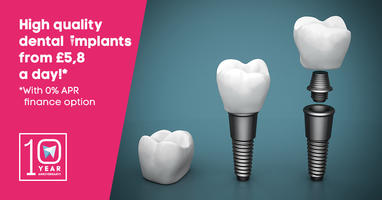The science of dentistry is always trying to find new ways to make materials safer, more accessible, easier to produce, and more biocompatible. Dental implants are always being moulded to look like, weigh, and in all other dimensions resemble the thing they are supposed to replace; tooth roots. Gum and bone graft materials are more and more like the real thing, and are more easily absorbed by the tissues they are trying to integrate into. So why have tooth fillings not been following this trend? Well now they are catching up, and the new tooth filling material that is being tested was developed in Hungary.

The new filling
The new filling material that is being developed is done at Semmelweis University, and it is a new twist on an old material that was used in the 70s, but was then abandoned because of some fatal flaws; ones that now the researchers at this fine institution hope to overcome. While still in its test phase, the new material is showing very promising results, and it seems that we are not far off from another revolution in conservative dentistry, this time coming from Hungarian scientists.
Glass ionomer
Glass ionomer is a material that is what it sounds like; it is a wall of glass ions that is positively charged and that sticks to surfaces. This material had a fatal flaw to it, the correction of which has formed the backbone of the current research; it has a bad tendency to come loose and come out of the filling. The atoms of the filling material do not bond well to anything else, and thus they tend to come out of place easily. This is currently being worked on, with fascinating results. If this problem is overcome, then the new filling will have several advantages to it; it will last longer, be less brittle and non-toxic, which puts it well into its own category in terms of usefulness, combining the advantages of both amalgam and composite fillings with none of the negative aspects that are typical of either. To better illustrate the point, here is a list of the three materials with properties listed;
1) Amalgam: Perhaps the worst filling material, its only advantage is that it lasts for a long time, 10+ years easily. The problem is that mercury is used in its production which makes it very bad for the environment and slightly toxic for human beings as well. If you have any of these fillings, get them replaced.
2) Composite resin: Tooth coloured or white fillings are non-toxic, and are thus better at preserving teeth, they also stick more than amalgam fillings. However, they have a much shorter shelf life, can stain easily, and start to crumble after a while. They also release BPA, which is mildly carcinogenic and unhealthy.
3) Glass ionomer: Durable, long lasting, non-toxic and completely self-insulated without leakage, glass ionomer has just one problem; it does not stick to the tooth surfaces. The ionomer is made from aluminium fluoride silicate crystals being made into glass. The fluoride kills bacteria upon contact, making sure that the hole in the tooth does not decay further, but is completely biocompatible. The best choice by far.

